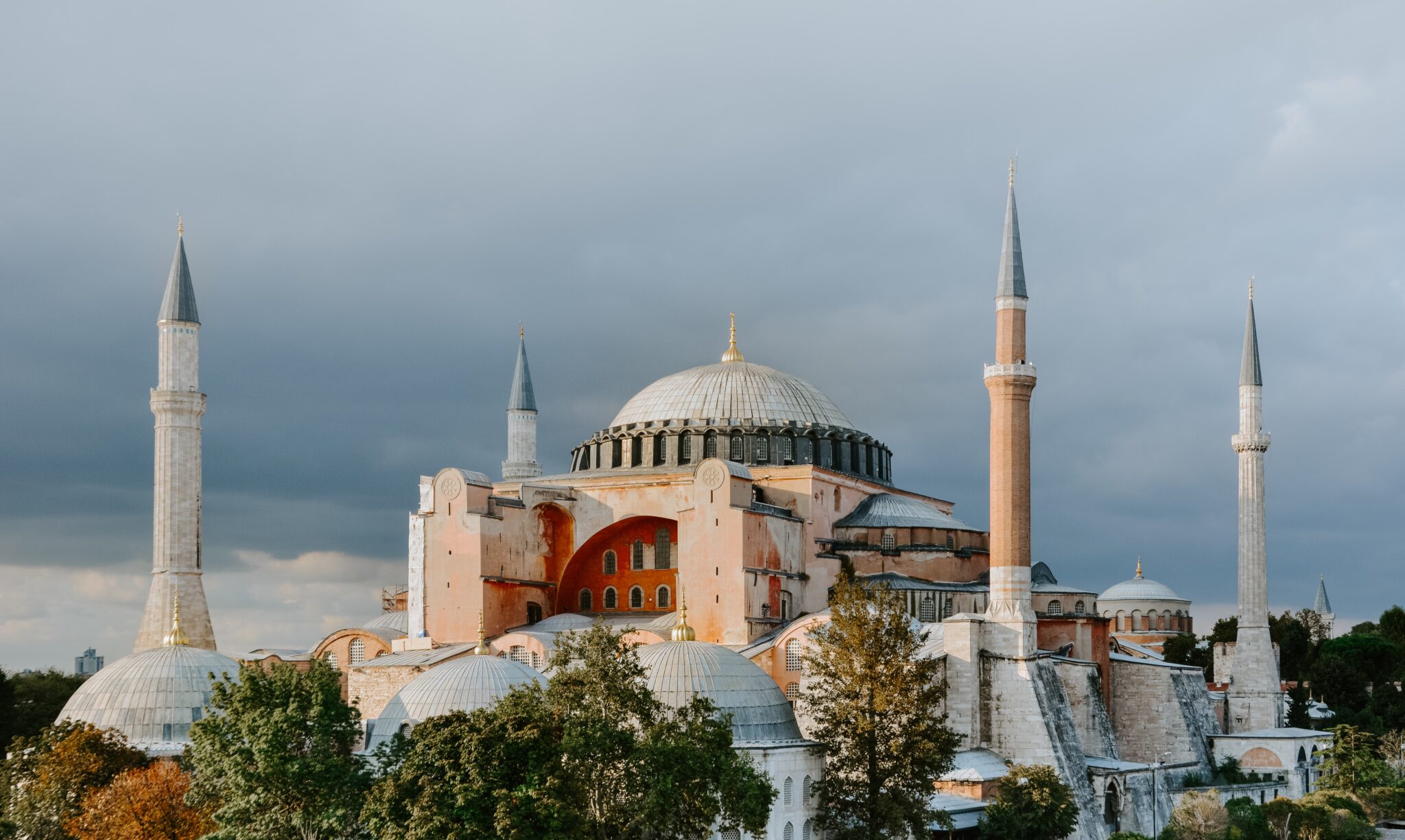
The Seven Wonders of the Ancient World
In the fourth century BC, Greece had conquered much of the known Western world, and Greek travelers were exposed to amazing sites that they had never seen before. These sites became known as the seven wonders of the ancient world.
1: The Great Pyramid of Giza
The great pyramid of Giza is the oldest of the seven wonders of the ancient world and the only one to remain largely intact. It was constructed between 2584 BC and 2561 BC.
2: Hanging Gardens of Babylon
The hanging Gardens (c. 600BC) are the only one of the seven wonders for which the location has not been definitively established. However, it was said to have been built in the ancient city of Babylon near present day Hillah Iraq. The gardens were described as a remarkable feat of engineering with an ascending series of tiers containing a wide variety of trees, shrubs, and vines resembling a large green mountain. According to one legend, the hanging gardens were built by Babylonian king Nebuchadnezzar II for his wife Queen Amytis because she missed the green hills and valleys of her homeland Media (Iran).
3: Temple of Artemis at Ephesus
This temple, located in Ephesus, near the modern town of Selcuk, Turkey, was first built in the Bronze Age, attributed to the Amazons. In the 6th century BC it was destroyed by a flood and was rebuilt in 550 BC. It was destroyed by an arsonist seeking fame (whose name we won’t mention) in 356 BC. It was then rebuilt by the Ephesians in its last and grandest form. Its magnificence can best be described by Antipater of Sidon in his list of the Seven Wonders:
“I have set eyes on the wall of lofty Babylon on which is a road for chariots, and the statue of Zeus by the Alpheus, and the hanging Gardens, and the Colossus of the Sun, and the huge labor of the high pyramids, and the vast tomb of Mausolus; but when I saw the house of Artemis that mounted to the clouds, those other marvels lost their brilliancy, and I said, “Lo, apart from Olympus, the sun never looked on aught so grand”.
4: Statue of Zeus at Olympia
The statue of Zeus at Olympia was a giant seated figure created by the Greek sculptor Phidias in approximately 435 BC. It was erected in the Temple of Zeus located at the sanctuary of Olympia Greece. The statue was a chryselephantine structure which consisted of ivory plates and gold panels on a wooden framework. The 2nd century A.D. traveler Pausanias left a detailed description: the statue was crowned with a sculpted wreath of olive sprays and wore a gilded rope made from glass and carved with animals and lilies. Its right hand held a small chryselephantine statue of a crowned Nike, goddess of victory; its left a scepter inlaid with many metals, supporting an eagle. The throne featured painted figures and wrought images and was decorated with gold, precious stones, ebony, and ivory. Zeus is golden sandals rested upon a footstool decorated with an Amazonomachy in relief. The passage underneath the throne was restricted by painted screens. According to the Roman historian Livy, when the Roman general Aemillius Paullus saw the statute, it was said that he “was moved to his soul, as if he’d seen the god in person”. It was said to have been disassembled and reassembled at Constantinople and later destroyed by fire in the 5th or 6th century A.D.
5: Mausoleum at Halicarnassus
The mausoleum at Halicarnassus was a tomb built between 353 and 350 BC near present day Bodrum, Turkey, for Mausolus, a native Anatolian, and his sister-wife Artemesia of Caria. The mausoleum was approximately 148 feet in height with four sides adorned with sculptural reliefs. The mausoleum was considered to be an aesthetic triumph and thus became one of the seven wonders of the ancient world. It was destroyed by successive earthquakes from the 12th to the 15th century and was the last surviving of the six destroyed wonders. The word mausoleum has now come to be used generically for an above ground tomb.
6: Colossus of Rhodes
the Colossus of Rhodes was a statue of the Greek sun god Helios, erected in the city of Rhodes on the Greek island of the same name in 280 BC. It was constructed at the entrance to the harbor on the island to celebrate the successful defense of the island against Demetrius Poliorcetes, who had besieged it for a year with a large army and navy. The Colossus stood approximately 108 feet high – approximately the height of the Statue of Liberty – making it the tallest statute in the ancient world. It collapsed during the earthquake of 226 BC.
7: Lighthouse of Alexandria
Alexandria, Egypt was founded by Alexander the great in 332 BC on the Nile Delta. After Alexander’s death his successor, the first Ptolemy, commissioned the construction of a lighthouse on the small island of Pharos across the harbor from Alexandria. The lighthouse was constructed of large blocks like stone and required 12 years. During the day a mirror reflected the light of the sun and during the night a fire in the top of the lighthouse provided light. The lighthouse was estimated to have been 330 feet in overall height and for many centuries was one of the tallest man-made structures in the world. It was the third longest surviving ancient wonder and was gradually destroyed by earthquakes between 956 A.D. and 1323 A.D. when it became an abandoned ruin. It survived in part until 1480 when the last remnants of its stones were used to build the Citadel of Qaitbay on the site.